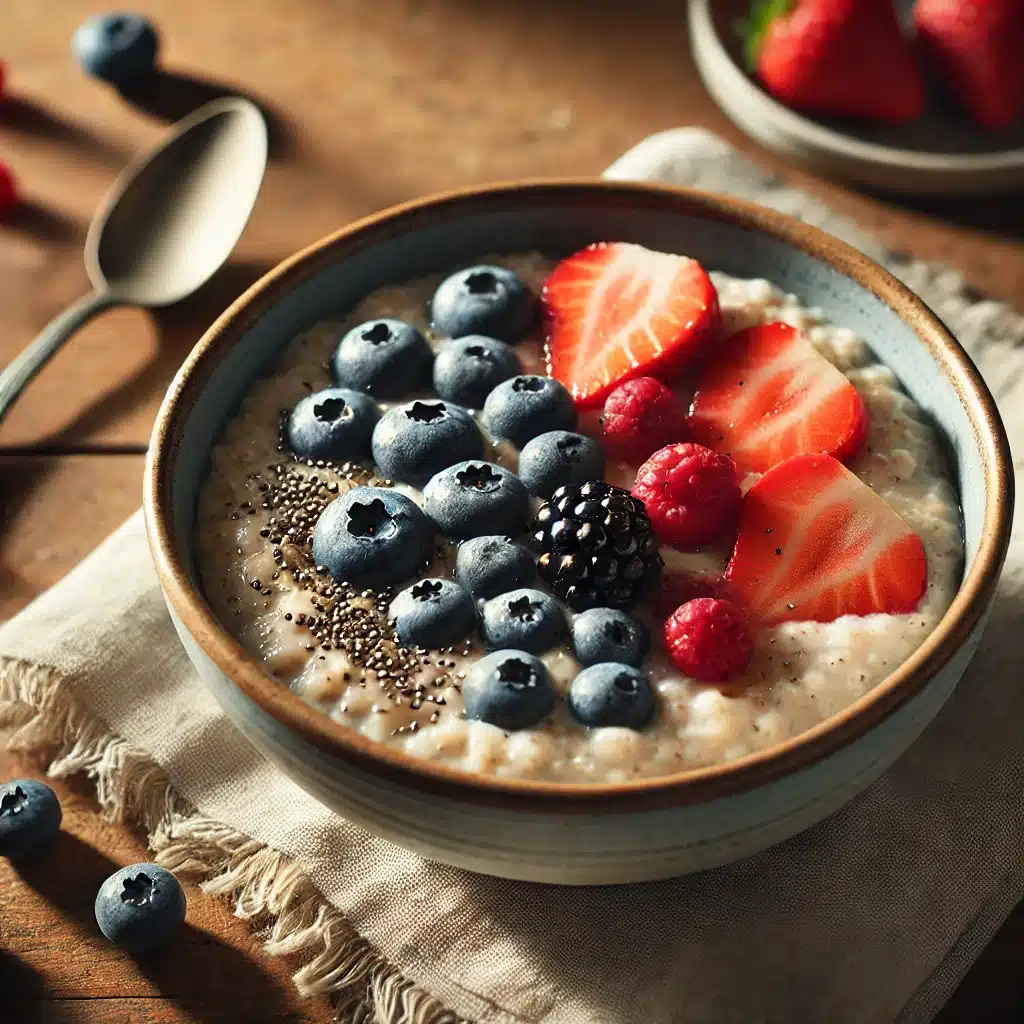Ayurvedic Vegan Meals for High Blood Pressure
When it comes to managing hypertension, you don’t need pills to be the first line of defense. Research shows that eating whole foods can work wonders for blood pressure. But what if we take it a step further and focus on Ayurvedic vegan meals? Combining ancient Ayurvedic wisdom with modern vegan diets offers a balanced, holistic approach to lowering blood pressure. It’s time to dive into how these meals, packed with healing spices and nutrient-rich plants, could be the answer to combat hypertension.
How Plant-Based Meals Affect Blood Pressure
A plant-based diet works wonders for cardiovascular health—and that’s not just talk. The University of Warwick discovered that plant-based dietary patterns lower blood pressure. Their findings highlight that even a modest reduction in meat and dairy can yield measurable improvements in vascular health
ScienceDaily. That’s because plant foods like fruits, vegetables, and whole grains are loaded with potassium, antioxidants, and fiber—nutrients known to lower blood pressure naturally.
Similarly, the DASH (Dietary Approaches to Stop Hypertension) diet focuses on whole foods and limits sodium intake. According to several clinical studies, DASH followers saw dramatic drops in both systolic and diastolic blood pressure. The success of plant-based diets in reducing hypertension boils down to lowering inflammation, enhancing artery function, and managing stress levels
The Ayurvedic Edge: Balancing with Spices and Whole Foods
Ayurveda takes the power of a plant-based diet a notch higher by incorporating healing herbs and spices like turmeric, ginger, and cumin. These ingredients help reduce inflammation, enhance circulation, and promote digestion, which are all crucial for managing high blood pressure. For example:
- Turmeric: Known for its anti-inflammatory properties, it improves arterial function by relaxing blood vessels.
- Cumin and coriander: These spices are excellent salt substitutes, helping lower sodium intake without compromising taste.
- Tulsi (Holy Basil): Tulsi tea can calm the nervous system, reducing stress and stabilizing blood pressure.
The Science-Backed Benefits of an Ayurvedic Vegan Approach
- Reduced Sodium, Increased Potassium: According to the University of Warwick, potassium-rich foods like bananas, leafy greens, and lentils are essential for offsetting the impact of sodiumScienceDaily.
- Anti-Inflammatory Ingredients: The anti-inflammatory nature of spices such as turmeric and ginger helps soothe arteries and boost cardiovascular health.
- Weight Management: Fiber-packed meals, common in both vegan and Ayurvedic diets, aid digestion and prevent weight gain—an important factor in hypertension management.
- Lower Stress Levels: Ayurveda encourages mindful eating and stress reduction through herbal teas and meditation, which can naturally bring blood pressure down.
Ayurvedic Vegan Meal Plan for High Blood Pressure
Let’s walk through a full day’s worth of Ayurvedic vegan meals designed to manage hypertension effectively.

Breakfast: Turmeric Oatmeal with Berries
- Ingredients: Rolled oats, almond milk, turmeric, cinnamon, and fresh berries.
- Why it Works: Oats lower cholesterol and stabilize blood sugar, while turmeric improves blood circulation.
Pair it with a cup of Tulsi tea, known for its stress-reducing properties.
Lunch: Quinoa Chickpea Bowl with Tahini Dressing
- Ingredients: Quinoa, chickpeas, cucumber, avocado, roasted sweet potatoes, tahini.
- Why it Works: Chickpeas and quinoa are rich in potassium and fiber, essential for heart health.
Enjoy a glass of ginger lemon water on the side to aid digestion and improve circulation.
Dinner: Moong Dal Soup with Steamed Vegetables
- Ingredients: Yellow lentils, cumin, garlic, spinach, and coriander.
- Why it Works: Lentils are potassium powerhouses, while cumin and garlic improve vascular function.
Pair it with brown rice and steamed vegetables for a hearty, balanced finish.
Making Ayurvedic Vegan Eating a Lifestyle
Switching to an Ayurvedic vegan diet doesn’t mean giving up flavor or enjoyment. The vibrant spices, colorful fruits, and nourishing grains make every meal satisfying. The beauty lies in the simplicity—by focusing on wholesome, plant-based ingredients, you can effectively manage hypertension and prevent future health complications.
For a deeper dive into how plant-based eating can lower blood pressure, explore the University of Warwick’s study here.
